Northrop Frye on Symbol as Archetype: The Mythical Phase

With my recent comparison of two D&D-inspired anime using a method of genre analysis, this is a good time to get into Northrop Frye's fourth phase of interpretation, the mythical phase. In the mythical phase, we will interpret literary symbols as archetypes. This phase of interpretation speaks deeply to me, and I think it did to Frye as well since the Third Essay will be further elaboration of the ideas from this section of the Second Essay.
The way that Frye approaches archetypes is through the systematic study of genre and convention. For Frye, an archetype is something like a sign that is an order of magnitude more complex. He uses the term complex variable, which I am used to thinking of as a number with an imaginary part and a real part, but what I think he was getting at is something like the we way we now do genetic analysis by means of principal components analysis, identifying clusters of association in genes that we can map to specific populations. Frye does the same thing associating archetypes with genres.
Archetypes are associative clusters, and differ from signs in being complex variables. Within the complex is often a large number of specific learned associations which are communicable because a large number of people in a given culture happen to be familiar with them. When we speak of "symbolism" in ordinary life we usually think of such learned cultural archetypes as the cross or the crown, or of conventional associations, as of white with purity or green with jealousy. As an archetype, green may symbolize hope or vegetable nature or a go sign in traffic or Irish patriotism as easily as jealousy but the word green as a verbal sign always refers to a certain colour.
–Northrop Frye, The Anatomy of Criticism, Second Essay
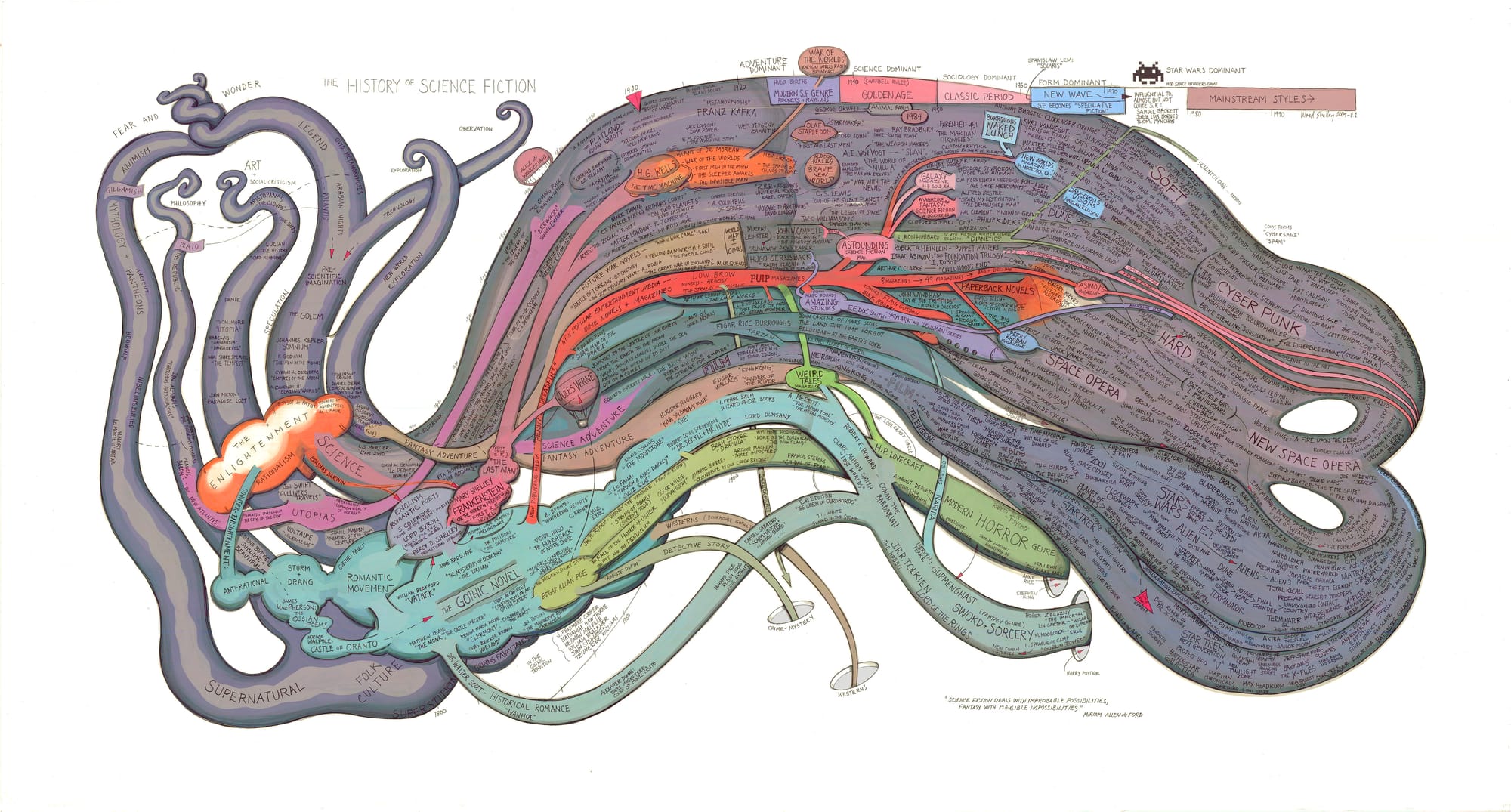
Because this analysis depends heavily on the social context of stories and their development over time, we must see stories and storytelling as one of our fundamental social technologies, one of the things that is characteristic of being human:
In its archetypal aspect, art is a part of civilization, and civilization we defined as the process of making a human form out of nature. The shape of this human form is revealed by civilization itself as it develops: its major components are the city, the garden, the farm, the sheep fold, and the like, as well as human society itself. An archetypal symbol is usually a natural object with a human meaning, and it forms part of the critical view of art as a civilized product, a vision of the goals of human work.
–Northrop Frye, The Anatomy of Criticism, Second Essay
Frye also speaks here of the principal elements of myth being ritual and dream. Much of the discussion in this section is very alien to me, as it uses psychological frameworks that are now long out of fashion. In particular Frye pulls on the work of Sir James Frazer in the Golden Bough, and Carl Jung's methods of dream interpretation.
Neither of these bodies of work are as influential as they once were, but to be fair Frye isn't using them in their original senses. Frazer was attempting a historical reconstruction of ancient religious ritual, while Jung was making a comprehensive theory of psychology. Frye just wants to use these ideas to illuminate stories, which is I think a more modest and reasonable goal than the original ones.
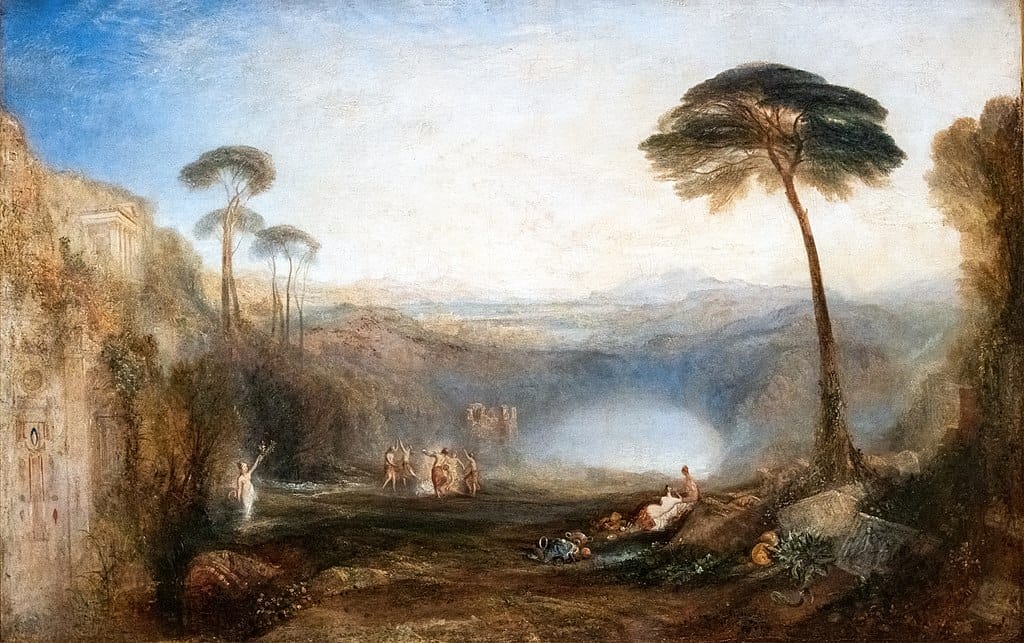
What Frye means by ritual is the way in which our religious practices hew closely to the cycles of nature:
In its archetypal phase, the poem imitates nature, not (as in the formal phase) nature as a structure or system, but nature as a cyclical process. The principle of recurrence in the rhythm of art seems to be derived from the repetitions in nature that make time intelligible to us. Rituals cluster around the cyclical movements of the sun, the moon, the seasons, and human life. Every crucial periodicity of experience: dawn, sunset, the phases of the moon, seed-time and harvest, the equinoxes and the solstices, birth, initiation, marriage, and death, get rituals attached to them.
–Northrop Frye, The Anatomy of Criticism, Second Essay
Something that Frye doesn't elaborate on, but that anyone familiar with Frazer would know, is that worship always requires a sacrifice. This will be an important element later, as it is important context for interpreting themes by the use of archetypes.
By dream Frye means the conflict between what we want and the obstacles the world places before us:
Similarly, in archetypal criticism the significant content is the conflict of desire and reality which has for its basis the work of the dream.
–Northrop Frye, The Anatomy of Criticism, Second Essay
Ritual and dream are mostly used in combination in genre analysis because when you put them together you get myth. The last thing we will need to define our terms is a spectrum of convention from most explicit to least explicit:

This spectrum is related to the one for allegorical explicitness, with the difference between the two being allegory relates images in stories to the real world, while convention relates images in stories to other stories.
At one extreme of literature we have the pure convention, which a poet uses merely because it has often been used before in the same way. This is most frequent in naive poetry, in the fixed epithets and phrase-tags of medieval romance and ballad, in the invariable plots and character types of naive drama, and, to a lesser degree, in the topoi or rhetorical commonplaces which, like other ideas in literature, are so dull when stated as propositions, and so rich and variegated when they are used as structural principles in literature.
Near the extreme of pure convention is translation, paraphrase, and the kind of use which Chaucer makes of Boccaccio in Troilus and The Knight's Tale. Next we come to deliberate and explicit convention, such as we have noted in Lycidas. Next comes paradoxical or ironic convention, including parody often a sign that certain vogues in handling conventions are getting worn out. Then comes the attempt to reach originality through turning one's back on explicit convention, an attempt which results in implicit convention of the kind we detected in Whitman. Then comes a [103] tendency to identify originality with "experimental" writing, based in our day on an analogy with scientific discovery, and which is frequently spoken of as "breaking with convention." And, of course, at every stage of literature, including this last one, there is a great deal of superficial and inorganic convention, producing the kind of writing that most students of literature prefer to keep in the middle distance: run-of-the-mill Elizabethan sonnets and love lyrics, Plautine comedy-formulas, eighteenth-century pastorals, nineteenth- century happy-ending novels, works of followers and disciples and schools and trends generally.
–Northrop Frye, The Anatomy of Criticism, Second Essay
In the paragraph describing the spectrum of convention, Frye gives us a number of examples. Just like I did with allegory, I will provide contemporary examples of each that I hope will be illuminating.
Pure Convention
One of the strongest examples of pure convention I can think of that is well-known right now is the subgenre of romance that always features a variant of Adam Driver as the male lead. Ali Hazelwood's The Love Hypothesis got its start as Star Wars fanfiction, but proved to be the kind of thing that women would buy in droves.
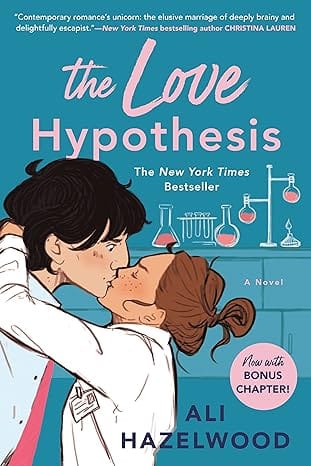
There are a whole set of these written by Hazelwood herself, along with score of imitators. And each follows a set formula that involves both characters and plot structure. The color of the male lead's hair might vary, or the specific lab in which the romance happens, but otherwise every single one of these are the same book.
Translation or Paraphrase
It is easy to dismiss the highly derivative convention of a translation or paraphrase, but one of the points Frye was trying to make is that the establishment of conventions in our societies requires this kind of very deliberate and explicit imitation. Frye referred to our impulse to dismiss a paraphrase as a "low mimetic prejudice", which was not shared in other eras.
The example Frye gives is Chaucer's Troilus and Criseyde, which was largely an imitation of Boccaccio's Il Filostrato, which was itself derived from Le Roman de Troie. In the thirteenth and fourteenth centuries, this is how stories were expected to be told: each author approached a common subject and offered their own version of it. This was a formalization of the oral storytelling culture of the time, with traveling performers who kept many different versions of the same stories alive.
Jerry Pournelle was a great user of translation or paraphrase. He wrote multiple books that were updated versions of another well-known story, such as his Inferno.
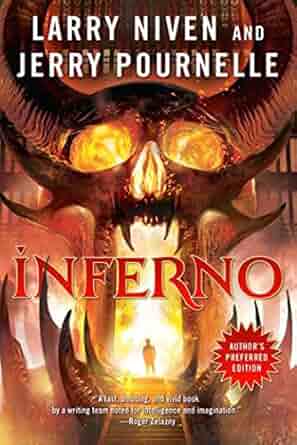
But there is a problem for us here. In addition to our cultural considerations around authorship and imitation, copyright law puts limitations on this practice so that contemporary authors must either be granted explicit permission to write a paraphrase, or else limit themselves to works in the public domain.
Both practices exist, but with anything both popular and within its term of copyright, there is a strong distinction between the kind of paraphrases that get made, as rights holders almost always exert strong editorial control as part of granting permission. This has had a chilling effect on this kind of convention, which is a big enough topic that it could be expanded into its own post. Part of the solution here has been to push this kind of convention into less explicit forms.
Explicit Convention
The example Frye gives for explicit convention is the poem Lycidas by Milton. Lycidas is a pastoral elegy, a very old tradition exemplifying [or romanticizing] rural life. This is a very broad archetype, as it runs the gamut from Virgil to tradwife TikTok, but that is the point! We wish to know how to identify common symbols, and then we can understand their usage in any context, mode, or theme.
Frye also tells us that it is possible to gain a synoptic view of literature by taking a broad archetype like the pastoral and tracing it through different works. This is obviously is much easier with explicit convention, and also the depth of understanding you gain will also depend on the depth of the works you consult.
We think first of the pastoral's descent from Theocritus, where the pastoral elegy first appears as a literary adaptation of the ritual of the Adonis lament, and through Theocritus to Virgil and the whole pastoral tradition to The Shepheardes Calender and beyond to Lycidas itself. Then we think of the intricate pastoral symbolism of the Bible and the Christian Church, of Abel and the twenty-third Psalm and Christ the Good Shepherd, of the ecclesiastical over tones of "pastor" and "flock," and of the link between the Classical and Christian traditions in Virgil's Messianic Eclogue. Then we think of the extensions of pastoral symbolism into Sidney's Arcadia, The Faerie Queene, Shakespeare's forest comedies, and the like; then of the post-Miltonic development of pastoral elegy in Shelley, Arnold, Whitman, and Dylan Thomas; perhaps too of pastoral conventions in painting and music. In short, we can get a whole liberal education simply by picking up one conventional poem and following its archetypes as they stretch out into the rest of literature.
–Northrop Frye, The Anatomy of Criticism, Second Essay
Right now, the marketing genres have become conventional in a collapsed or attenuated version of what Frye meant by explicit convention. Rather than a complex association of literary archetypes, we instead have reduced story elements to tropes, which in contemporary usage has a far more negative connotation than archetypes. In addition, tropes are used in a checklist style fashion, unlike the older concept of archetypes which could be more varied.
The analogy to genetics is apt here, because there isn't really any one unique level of relatedness that distinguishes populations. There are multiple fuzzy levels of relatedness, with unexpected crossings bridging gaps.
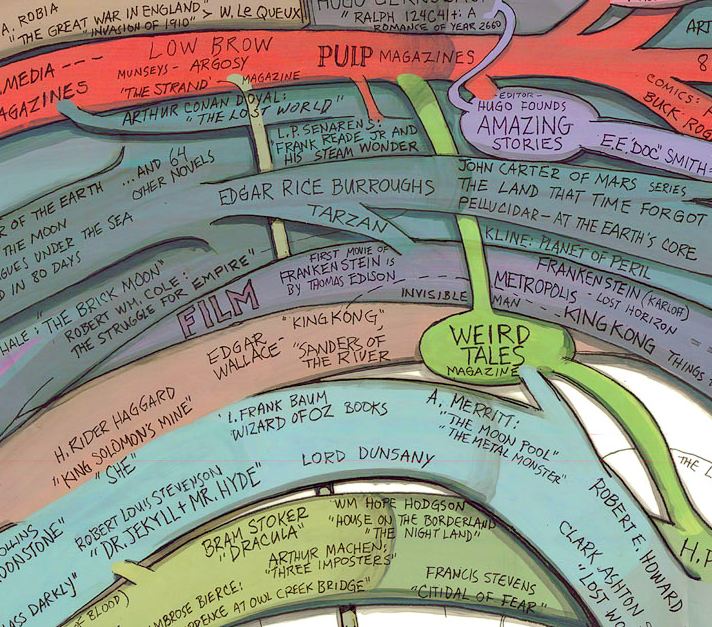
If you zoom in on Ward Shelley's History of Science Fiction, this is exactly what you see in the past. A wild collection of disparate kinds of stories that deal in the fantastic, with crossings everywhere.
Now, if you want to write a fantasy story, it has a default setting, with default characters, and even a default narrative. An explicit convention definitely exists, but it has become very narrow compared to the past.
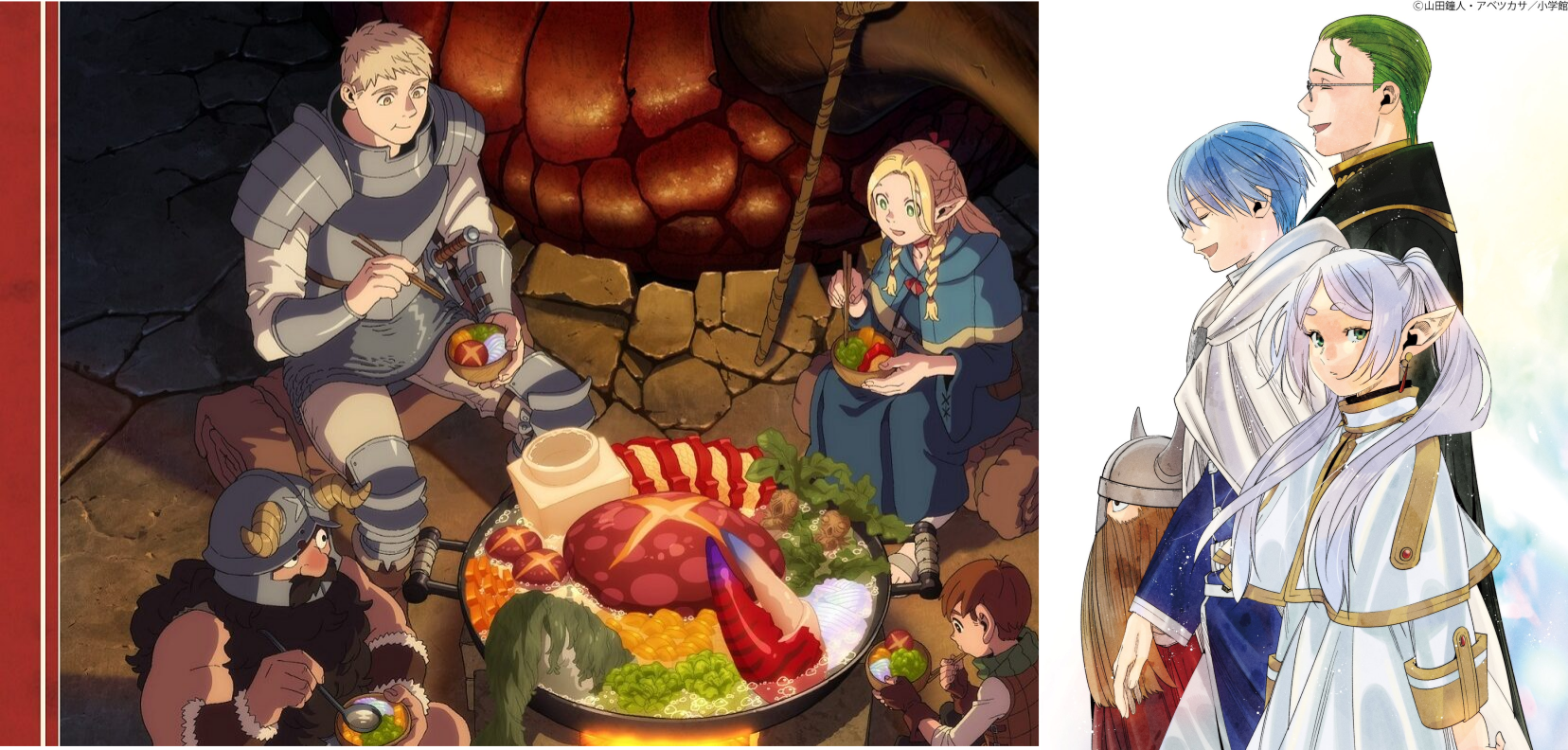
Using Frye's comments on paraphrase can help us supplement what I've previously said about the success of Dungeons and Dragons in creating this convention. Another thing that is going on here is that this generic [literally genre-defining] fantasy setting is a way of making explicit connections to convention when copyright means you can't tell your own version of a popular story. Instead, the generic setting is used to tell readers what the conventions are.
Ironic Convention
Going even further, we can see that the other way in which a contemporary author can use convention without violating copyright is to make a parody. This links back to the definition of parody that I got from J. Manfred Weichsel:
Perhaps here I should define satire, as I have learned, through the course of promoting myself as a satirist, that a lot of people don’t know what satire is, and confuse it with parody. The primary difference between the two is that parody makes fun of fiction, while satire makes fun of reality.
But beneath the surface-level definition of the two words, each carries with it its own connotation. Parody is usually in good fun. It’s often considered homage. You parody things you love, not things you hate. Classic Simpsons episodes reference Citizen Kane so often because the creators loved the movie, not because they hated it.
Satire, on the other hand, can be mean-spirited and even misanthropic. You don’t make fun of real-life things you love. You make fun of the things you hate. Satire employs ridicule, mockery, and derision to attack human stupidity, weakness, and vice, as well as social convention and the hypocrisy at the root of propriety and decorum.
-J. Manfred Weichsel
Weichsel explicitly links parody to other works of fiction, other stories, and also defines it as an homage. Parodies also contribute to the establishment of convention by reinforcing and even refining the archetypes we find in popular stories.
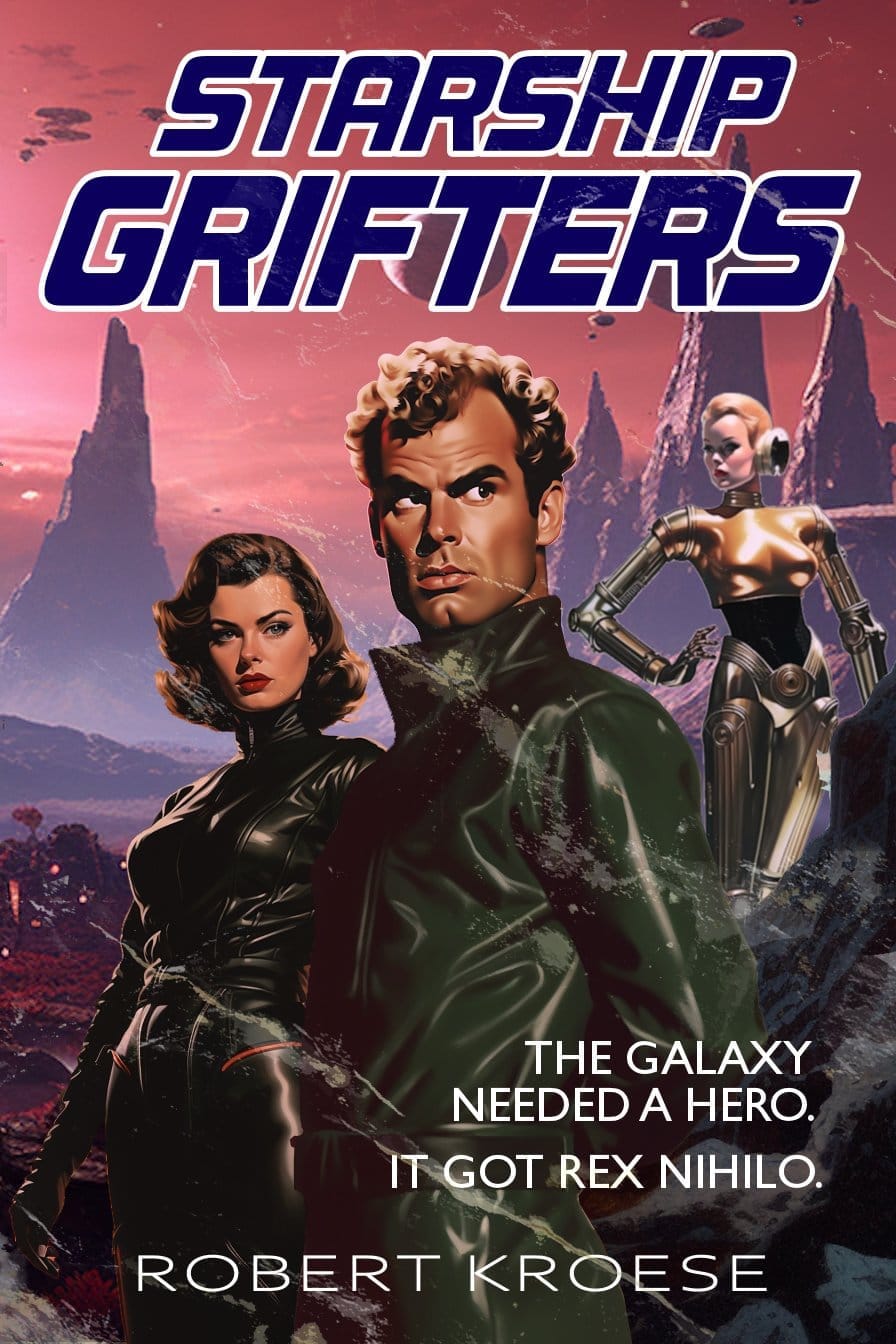
Parodic convention is probably the most familiar kind of convention to contemporary readers, as it allows for the direct reference of other stories. Parodic convention along with marketing genre conventions have almost completely supplanted explicit convention as it was previously practiced.
Implicit Convention
Frye's example of implicit convention is Walt Whitman, who I'm guessing is a pretty vague reference for most Americans. But we don't need to be familiar with Whitman's poems because implicit convention is the default mode of writing for us. Any use of explicit conventions is sufficient to relegate a story out of "general" or "literary" fiction into "genre" fiction for bookstore marketing purposes. Frye thought this was a shame, and so do I.
Just about any big name author who isn't writing mystery, scifi, horror, romance, or fantasy will be writing this way. And this has been going on for a long time, just about anything considered an important novel is probably implicit in its use of convention.
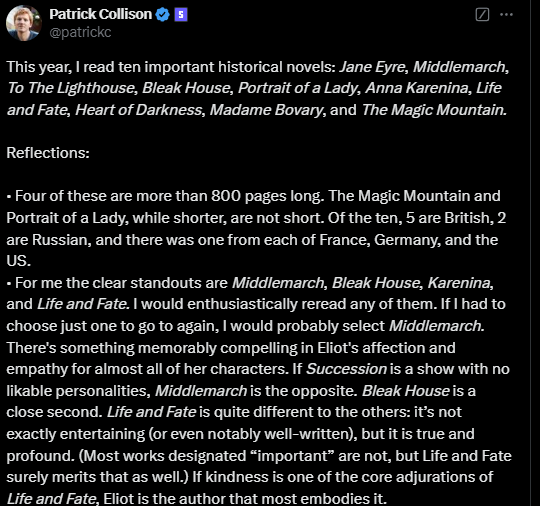
There is an important subset of "classic" novels that aren't actually novels at all, because we have started using novel as a catch-all term when it actually designates a specific genre in its own right. Some of the most important stories that aren't novels are romances that got famous in the nineteenth century, like Moby Dick or the Count of Monte Cristo.
Experimental Writing
Experimental writing is often seen as breaking with convention, but as Frye has defined the term, to completely break with convention would make your story unintelligible. Thus, experimental writing is a style in which the conventions are hidden or obscured, but they still have to be there.
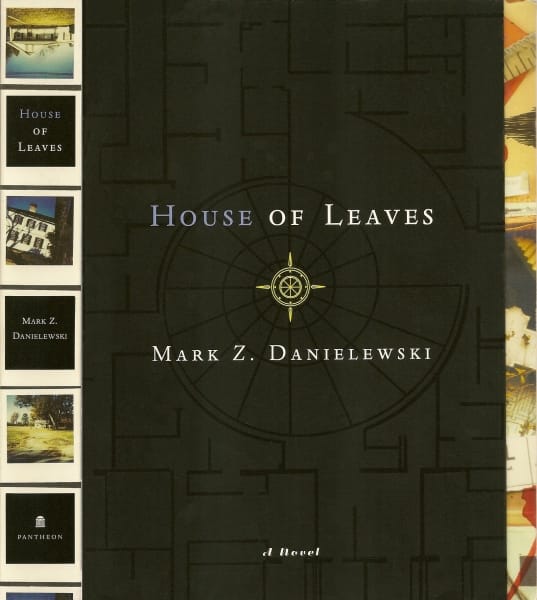
House of Leaves by Mark Z. Danielewski is a great example of experimental writing that falls within the bounds of what is confusingly called genre writing now. I have a little bit of a soft spot for the book just because it has a scene set in my hometown of Flagstaff, Arizona.
Genuinely breaking convention is hard, for the same reason making your own grammar is hard, so these attempts often fail or seem gimmicky. However, true success in experimental writing is the kind of thing that can create powerful new conventions.
Next up is Frye's fifth and final phase of symbolic interpretation, the anagogic. This one will be a trip.
![The Great American [Adventure] Novel](/content/images/size/w720/2025/09/960px-Albert_Bierstadt_-_A_Storm_in_the_Rocky_Mountains-_Mt._Rosalie_-_Google_Art_Project.jpg)


Comments ()